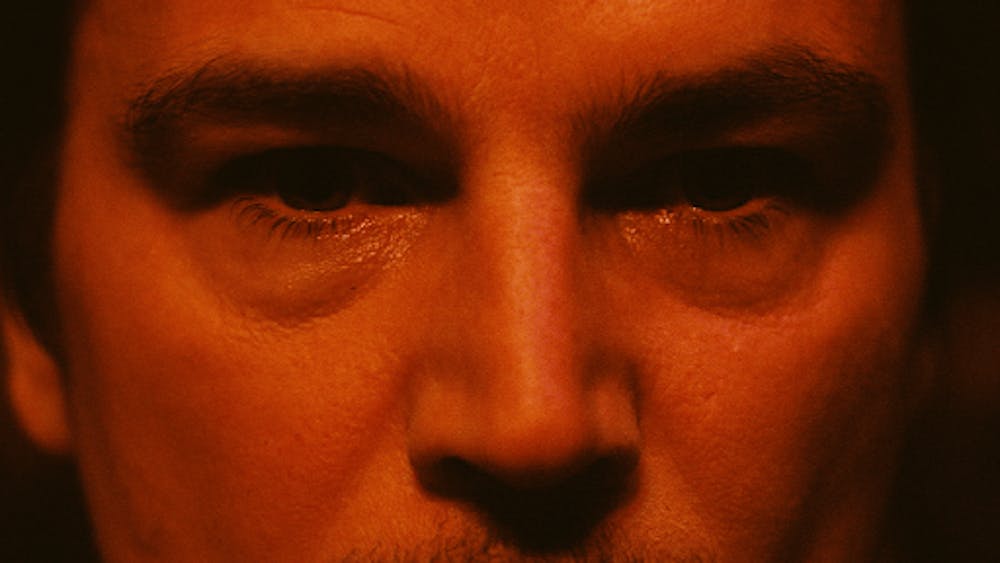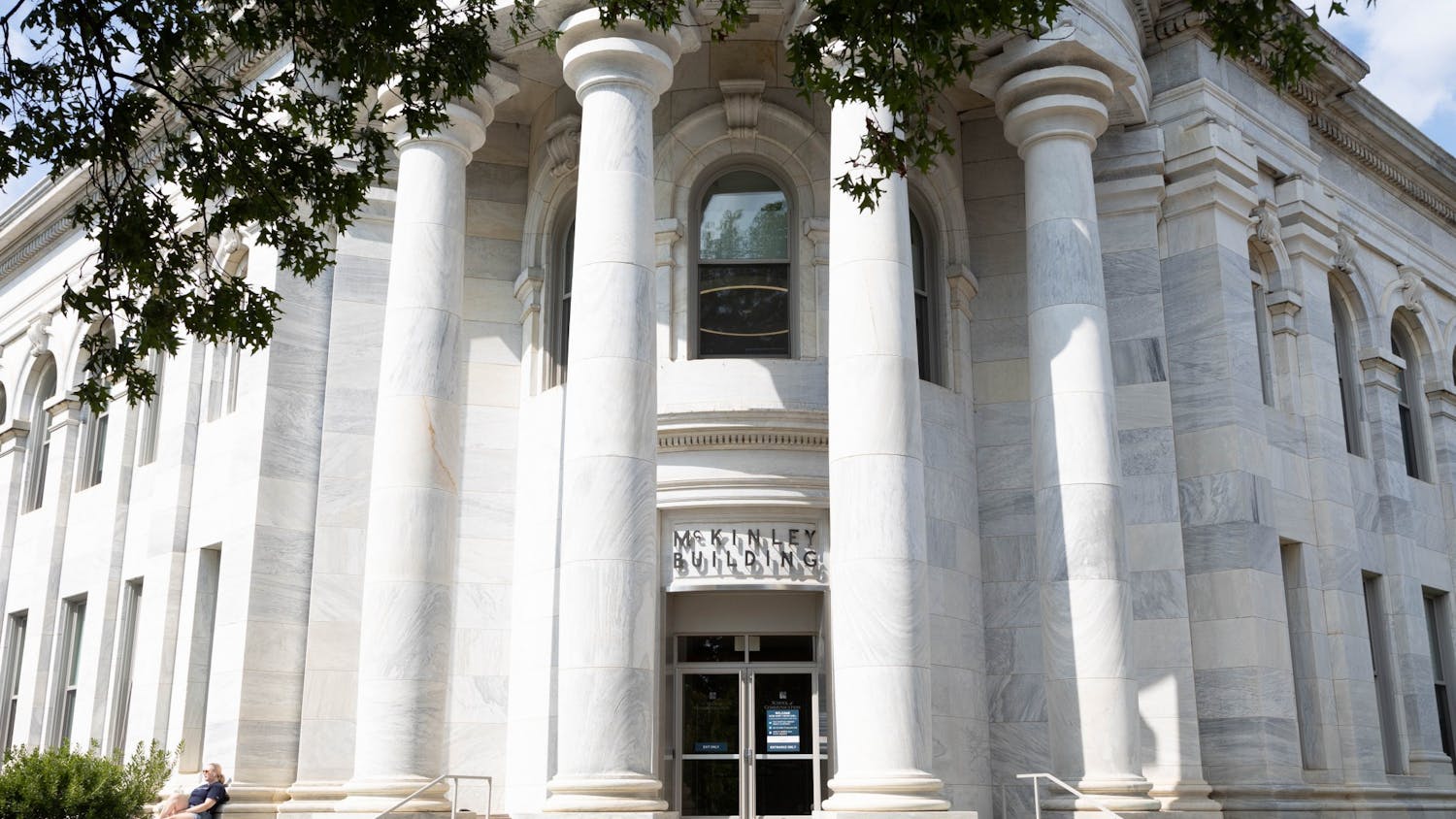For a director as well known as M. Night Shyamalan – with box office figures as constantly impressive as his undying cult fanbase – he’s never quite managed to capture the hearts and minds of viewers as he did with his first big hit: “The Sixth Sense” (1999).
“A thriller that incorrectly thinks it’s fiendishly smart,” wrote Benjamin Lee of The Guardian as Shyamalan’s Sweet Sixteen has once again fallen victim to critics and audiences missing out on his movie magic.
As Shyamalan came further into his own and developed a now-hard-to-come-by style making movies from a pure love of film, the director only polarized audiences further. And “Trap,” is no exception.
A hybrid between a concert film and a mystery-thriller, “Trap” is about Cooper (Josh Hartnett) and his daughter Riley (Ariel Donoghue) attending a concert for pop star Lady Raven (Saleka Shyamalan).
The catch? The whole concert has become a trap for a serial killer called The Butcher after authorities discover he will be at the concert. And Hartnett’s character Cooper is The Butcher.
Spearheading the film with piercing psychopathy, Hartnett as Cooper is both the film’s protagonist and antagonist: the friendly dad and the mass murderer. Shyamalan composes this balance between friend and foe with total control as he forces viewers directly into Cooper’s shoes to leave us rooting for this villain to escape the trap.
Shyamalan walks the tightrope between Cooper’s two sides as the evil killer and the world’s-best-dad, manifesting these dueling forces within the film. The film can reach these incredibly dark places within The Butcher’s psyche while bringing forth a more lighthearted side.
For “Trap,” Shyamalan teamed up with cinematographer Sayombhu Mukdeeprom – a long-time collaborator with arthouse director Apichatpong Weerasethakul but known best for his work with Luca Guadagnino on “Call Me By Your Name” (2017) and “Challengers” (2024). And together they cooked up an absolute feast for the eyes, setting a color palette of reds, blues and purples.
Outside the concert, the venue is filled with concertgoers and policemen dressed in blue and red doors and architecture, and stadium workers dressed in purple. Within the concert, there is much darker, moodier lighting from the show Lady Raven is putting on.
The aesthetics create consistently stellar imagery throughout “Trap” as Shyamalan and Mukdeeprom refuse to let even a single frame bore the eye.
The focus of most of these frames is Hartnett. With an insane amount of screen time, Hartnett never falters as he seamlessly switches between your friendly neighborhood dad and a spine-chilling psychopath.
As Cooper puts on his facade as a normal person to characters in the film, Hartnett is equally effective at tricking the audience with this – even into rooting for him. In an ideal world, Hartnett takes home that Best Leading Actor award.
Donoghue also delivered one of the best child acting performances moviegoers have seen in a long time.
As mentioned, The Guardian published a quote saying Trap is “a thriller that incorrectly thinks it’s fiendishly smart.” This line sticks out because, well, it simply isn’t true.
The best part about “Trap” is that the one thing it doesn’t do is think it’s all that smart.
On top of all this expertly executed storytelling, filmmaking and acting, it’s still just an hour and forty-five minutes of fun.
At times it’s silly, it never grounds itself too heavily in what would be “realistic,” it never talks down to the audience and never forgets that it is a movie and that movies are supposed to be entertaining.
Be it through the hilarious Kid Cudi cameo, the cartoonish side characters or the onslaught of (at times) ridiculous twists and turns, it is clear that Shyamalan is still having fun making movies; playing by his own rules narratively while also delivering a flawlessly composed piece of filmmaking.
This article was edited by Marina Zaczkiewicz and Abigail Turner. Copy editing done by Luna Jinks, Ariana Kavoossi and Charlie Mennuti.





